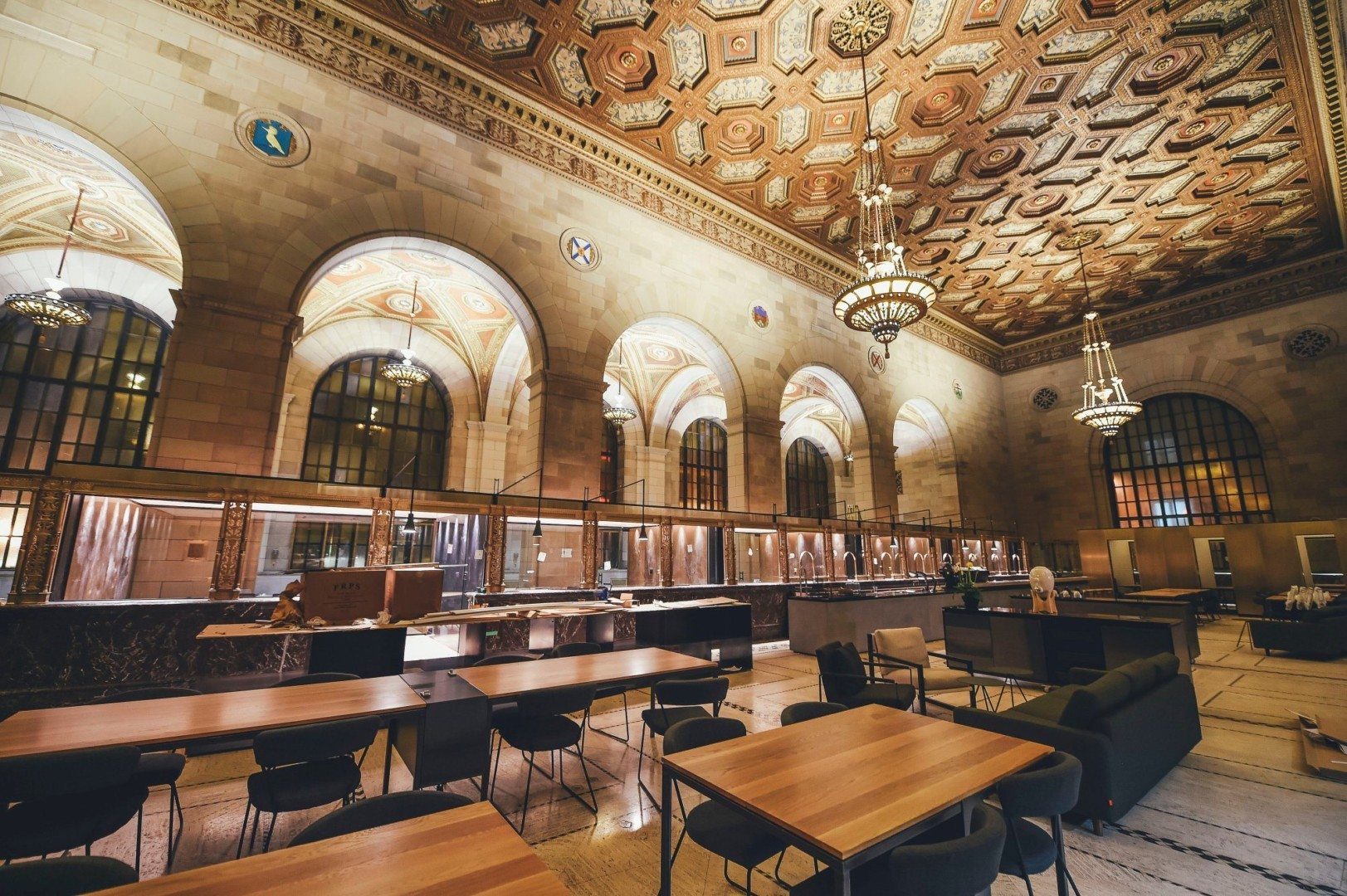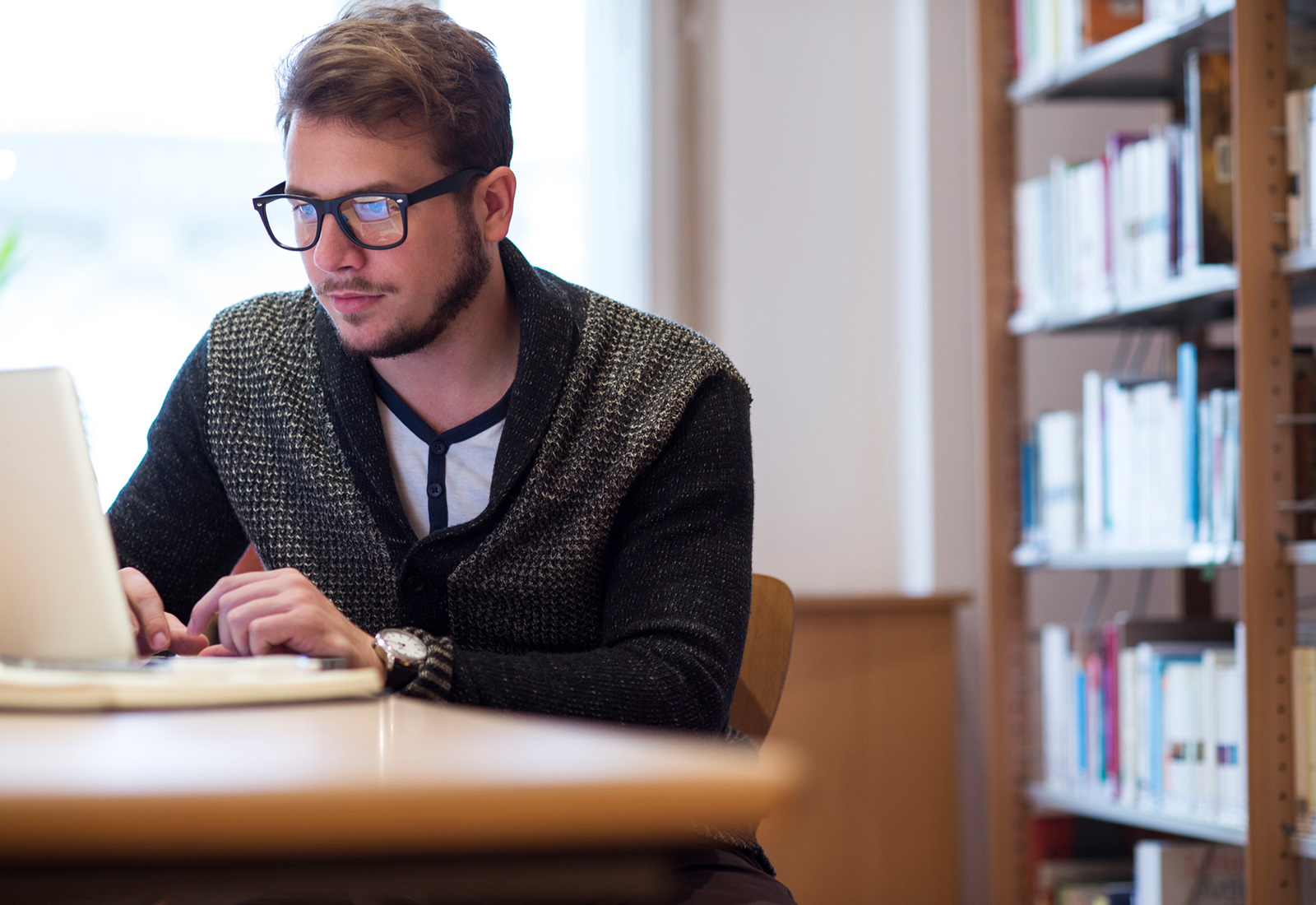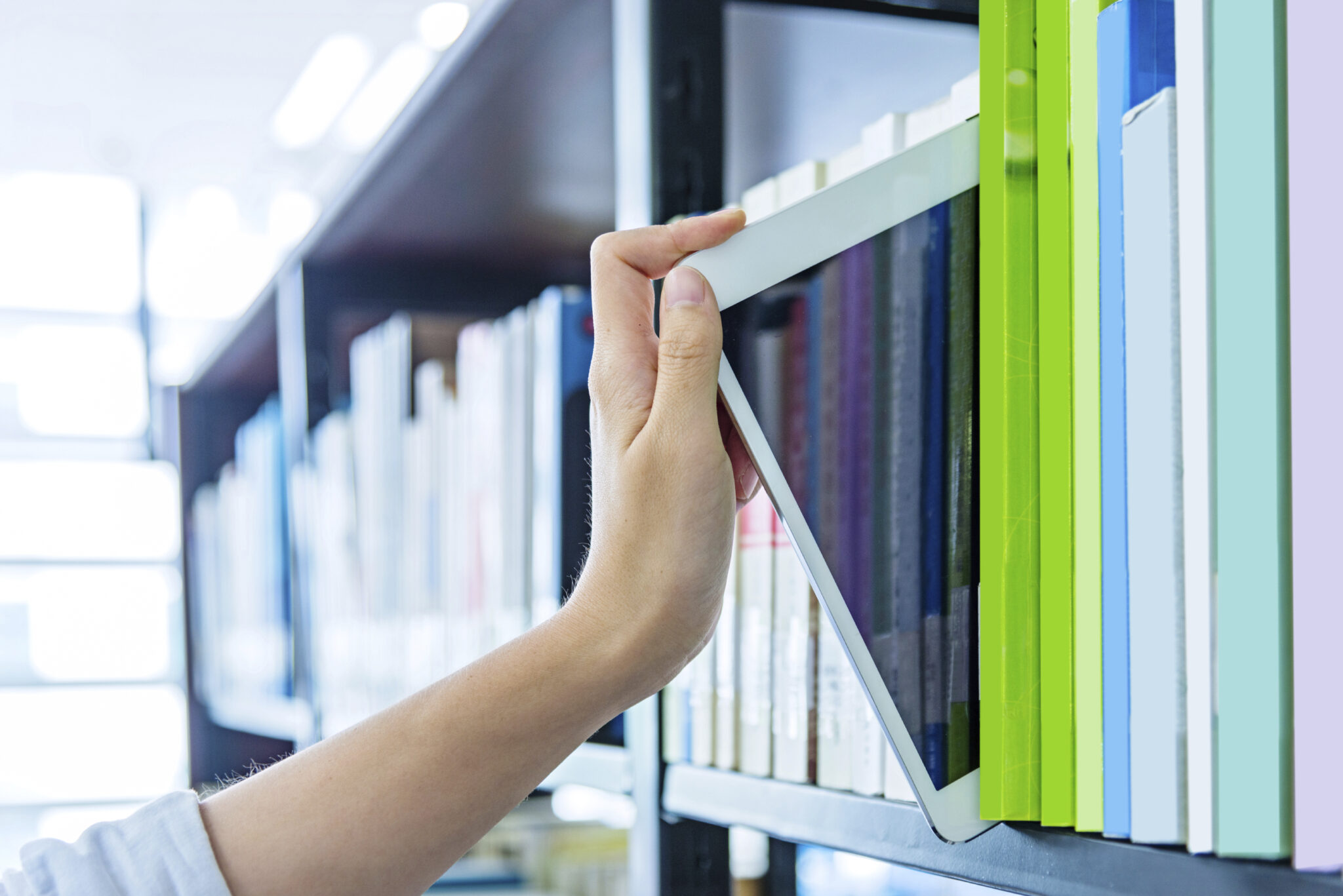It’s not uncommon to visit a museum and encounter groups of children sitting on the floor and paying attention to an educator telling the story of an exhibit, or having to navigate running students in the halls of the museum, worksheets in their hands, stopping to take notes about an exhibit and quickly moving on to the next. Such are the educational activities that cultural institutions can organise in partnership with schools.
Museums and cultural organisations are educational outlets in their own right. However, unlike a classroom, where undivided attention is required, visitors – both children and adults – may find themselves walking through a museum without actually seeing the exhibits, focusing only on brief labels instead of exploring the details of a work of art. On the other hand, museums have the advantage of being able to provide experiential learning. Cultural institutions can organise activities to engage audiences, especially younger members, to create more personal connections with the exhibits.
Why
I have written previously about the importance to museums and cultural organisations of engaging audiences. Involving schools and students from an early age is more likely to create lifelong cultural habits. Educating students to interact with a museum’s exhibits in a curious and thoughtful manner develops skills such as creativity and critical thinking. A high level of engagement and understanding of the exhibits and of the entire story of the collections improves student attitudes towards subjects such as science and art.
How
Successful collaborations are established when museums reach out to schools and develop material together. Museums have expertise about the exhibits while schools understand the requirements of an appropriate educational experience, taking into account age, learning abilities and the curriculum. Before setting up any educational experience, it is important to consider the objectives for students and the museum. For a new exhibit, for example, the objective of the museum might be to create awareness and interest about it, and the learning objective for students might be to understand a certain historical period.
Here are a couple of things to keep in mind when designing a learning experience:
- Students want to know how things work: ideally, they would be able to handle and closely examine exhibits. If this is not possible, the reasons why should be explained and, if possible, replicas would be provided for students to inspect and analyse using different senses.
- Students need to be able to think through ideas: the educational activity should not be just an opportunity to provide more information about an exhibit. Students need to be engaged and stimulated to discover things on their own. Working with teachers, quizzes can be developed allowing students to apply the school learnings and the new findings. Gamification is a mechanism that works and introducing information in the form of a quest will provide a memorable experience.
- Students need to seek out additional information: provide a variety of sources where students can find answers to their questions and teach them to find and assess their own sources.
Learning is for everyone
While I focused on the specific activities that museums can organise in partnerships with schools, these institutions are essentially an educational opportunity for any visitor. Museums are becoming increasingly aware of this. An example is The National Motor Museum Trust (NMMT) at Beaulieu which created STEAM principle based programs for the entire family (as a response to the changes in the National Curricula) such as storytelling sessions, a Magical Mechanisms family trail and opportunities to dress up in full Steampunk style. The easiest way to engage is by using the exhibits and the knowledge available to convey key activities. One way to do so is through new technologies, a topic I am going to explore in my next post.




